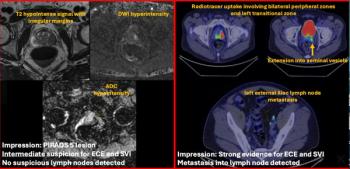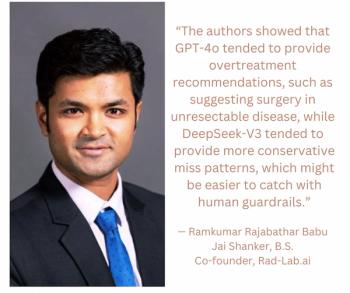
Siemens launches virus protection for medical IT
Providers of digital medical imaging solutions never cease to press home the advantages of network connectivity to workflow. But the larger an IT network is, the bigger the potential problem should a software virus strike. Siemens Medical Solutions plans to address this threat with the launch of a dedicated virus protection program for medical IT systems.
Providers of digital medical imaging solutions never cease to press home the advantages of network connectivity to workflow. But the larger an IT network is, the bigger the potential problem should a software virus strike. Siemens Medical Solutions plans to address this threat with the launch of a dedicated virus protection program for medical IT systems.
Siemens claims to be the first in the medical imaging industry to offer healthcare clients their own virus protection service. Such a program has become inevitable, given the increasing digitization and networking of medical imaging services, said Dr. Wolfgang Heimsch, head of the Siemens Medical customer service division.
"If you do online banking, you expect your transactions to be protected by appropriate state-of-the-art security," he said. "The medical sector has to follow this path."
Attacks by malicious software, or "malware," against healthcare institutions so far have been few and far between, according to Heimsch. But the infiltration of a virus into a single hospital or clinic could have far-reaching consequences. Malware capable of forwarding or altering stored data or disabling record systems could violate patient privacy, interfere with diagnostic decision-making, and create chaos with scheduling and reporting workflow.
Guidelines for hospitals seeking to protect themselves from malware attack were approved by trade organizations representing U.S., European, and Japanese medical imaging manufacturers last year (DI SCAN 10/27/04). While these guidelines may be adequate for the moment, hospitals seeking greater IT network connectivity should be prepared for the threat to escalate.
"Our customers in healthcare tell their patients that prevention is better than cure," Heimsch said. "That is exactly what we are doing."
Siemens has drawn from its expertise in the IT sector to develop a healthcare-oriented virus protection service, Heimsch said. The new program consists of three main components. Siemens' engineers will first install a validated virus scanner made by Trend Micro at client institutions. The scanner will receive regular online updates to ensure it can respond to all new and emerging threats.
Should malware evade the virus scanner and infect a hospital's IT system, Siemens' Uptime Service Center staff will be alerted automatically. The hospital will then be provided with support to remove the virus, recover any lost or altered data, and get the system back up and running as quickly as possible.
The final strand of the program deals with update packages delivered by software companies, such as Microsoft, to solve vulnerabilities in their operating systems. Unchecked installation runs the risk of these so-called hot fixes interfering with existing medical IT infrastructure. Siemens pledges to test the compatibility of all hot fixes with its own syngo-based systems. Validated updates will then be transferred to clients via remote technology as quickly as possible.
The three-pronged virus protection program is now available to Siemens' healthcare clients in Germany and the U.S. This follows pilot trials of the service in both countries. The company is planning a worldwide rollout this year, focusing first on regions where interest in digital imaging and IT networking is greatest. Customers will most likely sign up for an annual service contract.
The market for IT virus protection in the medical sector will be driven by healthcare providers themselves, Heimsch said. Development of a rapid remote service to prevent, detect, and eliminate software viruses has become cost-effective and necessary only now that a large number of hospitals are prepared to use IT to improve their efficiency.
"As long as our customers did not optimize their workflow through network connectivity, there was no need for such offerings," he said. "Now healthcare providers are showing the productivity they gain from workflow optimization through their networked systems. So the market is ready for suitable virus protection solutions."
Newsletter
Stay at the forefront of radiology with the Diagnostic Imaging newsletter, delivering the latest news, clinical insights, and imaging advancements for today’s radiologists.




























